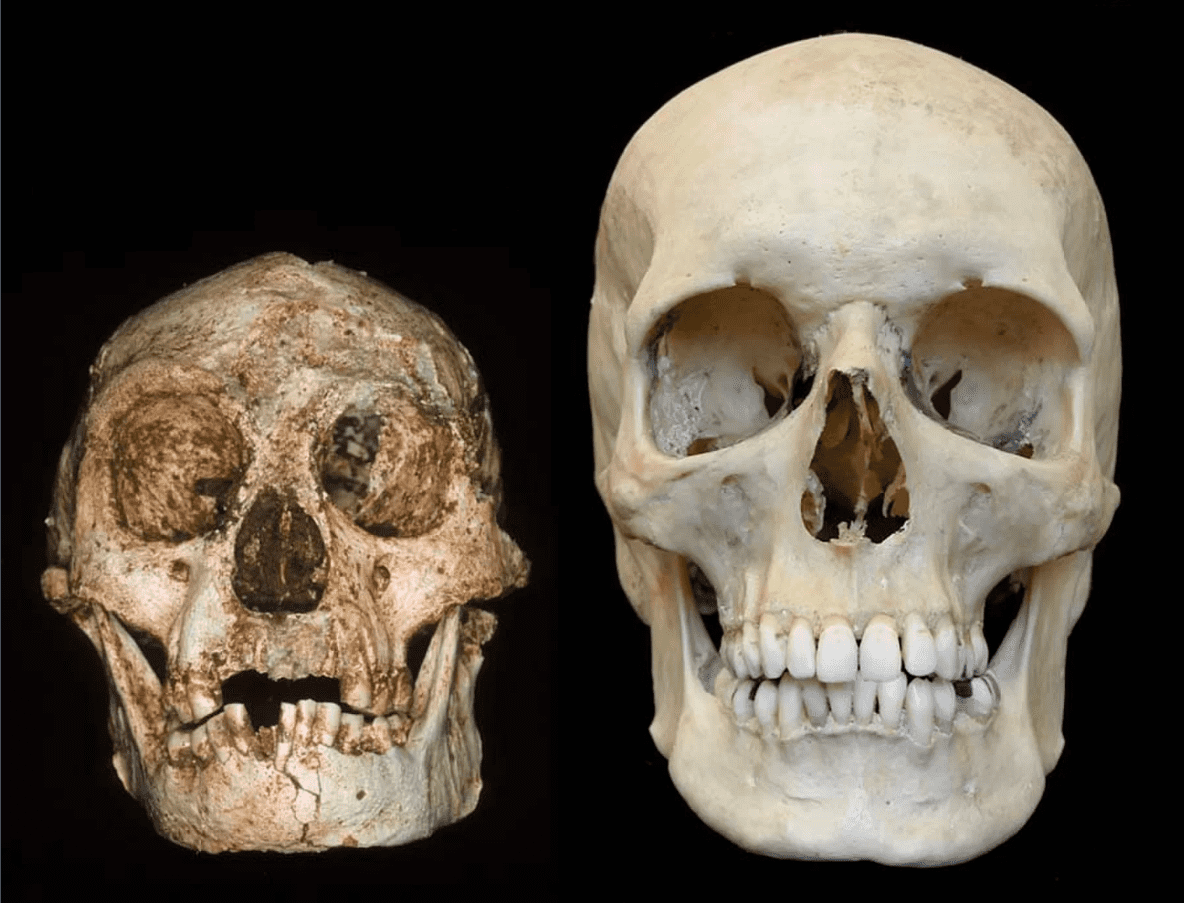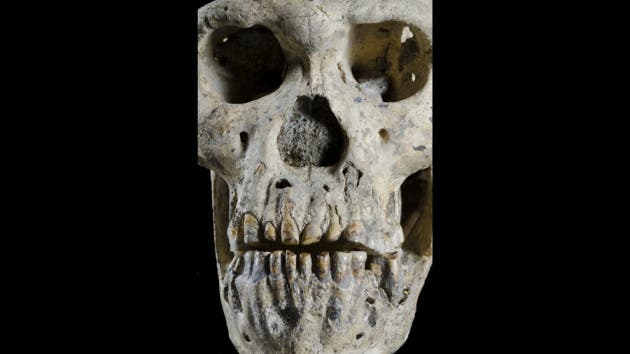Hand preference is still something we don’t understand that well, but at least we’ve got a better timeframe now. Humanity’s ancestors might have already been right handed 1.8 million years ago.

Homo habilis is one of the earliest members of the genus Homo, living roughly between 2.1 and 1.5 million years ago. They are the Homo least similar to humans, but most anthropologists believe that the intelligence and social organization of H. habilis were more sophisticated than chimpanzees for example. Now, a new study published in the Journal of Human Evolution reports proof of right-handedness in the species, a striking similarity to today’s humans.
“This is an exciting paper because it strongly suggests right-handed tool use in early Homo around 1.8 million years ago,” Debra Guatelli-Steinberg, an anthropologist at the Ohio State University, told Christian Science Monitor.
“We think that tells us something further about lateralization of the brain. We already know that Homo habilis had brain lateralization and was more like us than like apes. This extends it to handedness, which is key,” said David Frayer, Professor Emeritus at the University of Kansas, US.
But this isn’t the only possible explanation for this, and not everyone is convinced. Some researchers believe this could be a case of over-interpretation.
“My concern is that they really don’t spend enough time on other explanations for these phenomena, the presence of these scratches and their directionality,” Bernard Wood, a paleoanthropologist at George Washington University. “It’s a really interesting observation that only time will tell whether that observation has been over-interpreted.”
Hand preference is still only partially explored in the animal kingdom. For instance, recent studies showed that kangaroos and other macropod marsupials have a left-hand preference for everyday tasks in the wild and this was completely unexpected. Meanwhile, our closest relatives – chimps and apes – don’t truly exhibit hand dominance, so it’s not clear when we evolved this way.






